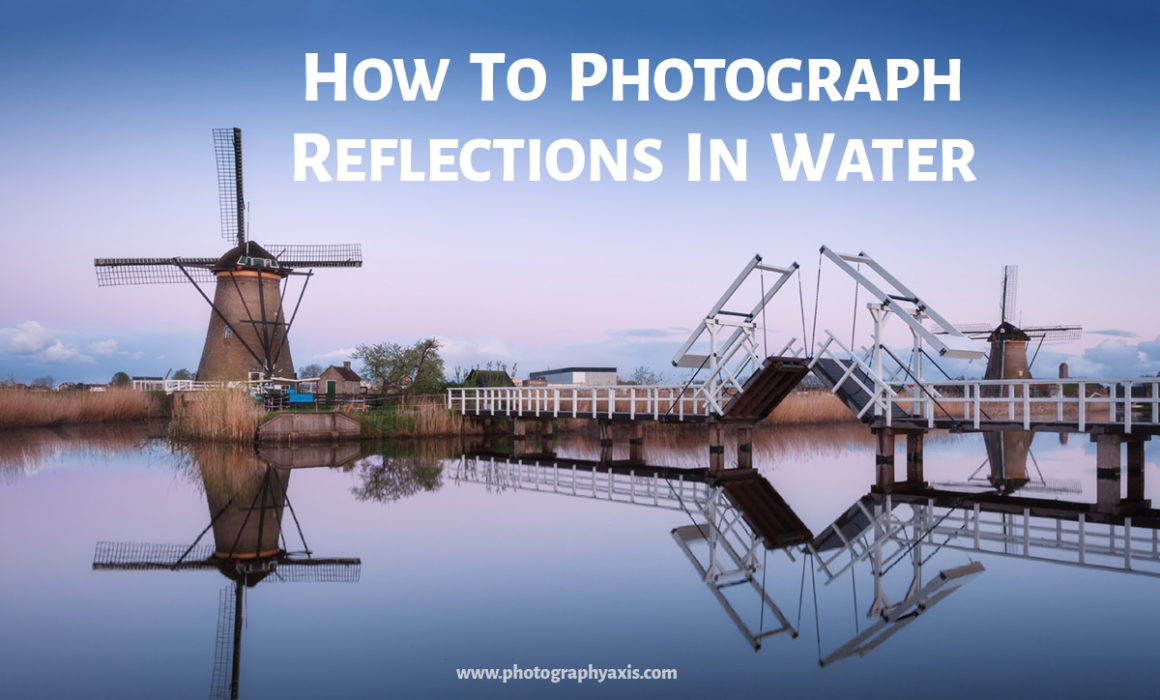Water Reflection Photography – Beginners Guide
Photographing reflections in water can be tricky if you don’t know the right technique. I have tried and failed many times during my initial days of photography. But, I have learned it through practice.In this article, I will teach you how to do water reflection photography.
You can either capture the reflection in water alone or along with the actual subject in a mirrored fashion. The frame always look better with both the actual subject and its reflection.
Photographing Water Reflections
Let us get into more details on how to photograph water reflections.
Angle of Photography
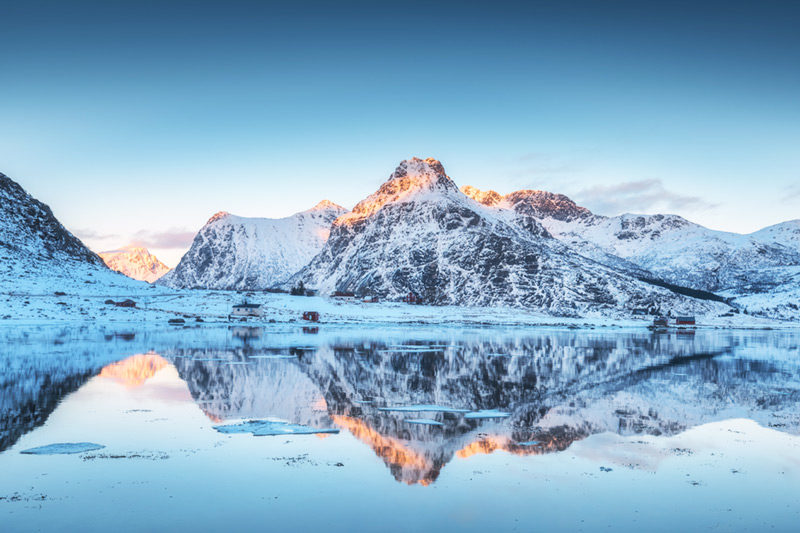
When it comes to water reflection photography, the essential part is the angle of photography.
You will not be able to capture good reflection if you keep your camera parallel to the subject. The camera should be positioned at a slightly higher angle so that the reflection is visible in the viewfinder.
If you are planning to capture the subject and its reflection, make sure that you can see both in the viewfinder.
Water Surface
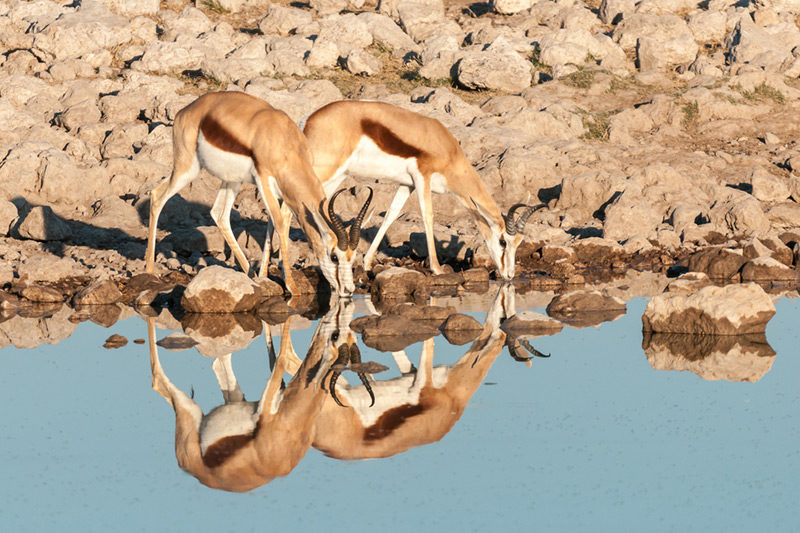
All water surface will not be the right candidate for water reflection photography.
For water reflection photography without any distraction or blur, then the water should be clear and shouldn’t be a flowing one in ideal conditions. You can also get good reflection photos if the water flow is smooth and steady without any ripples.
So, rough running water is the wrong subject to photograph reflections. Stagnant water is the ideal candidate.
There shouldn’t be any ripples on the water. Ripples will create a blurry reflection. So, avoid it, unless you want to use it for creative effects.
Camera Equipment for Water Reflection Photography
Camera Gear
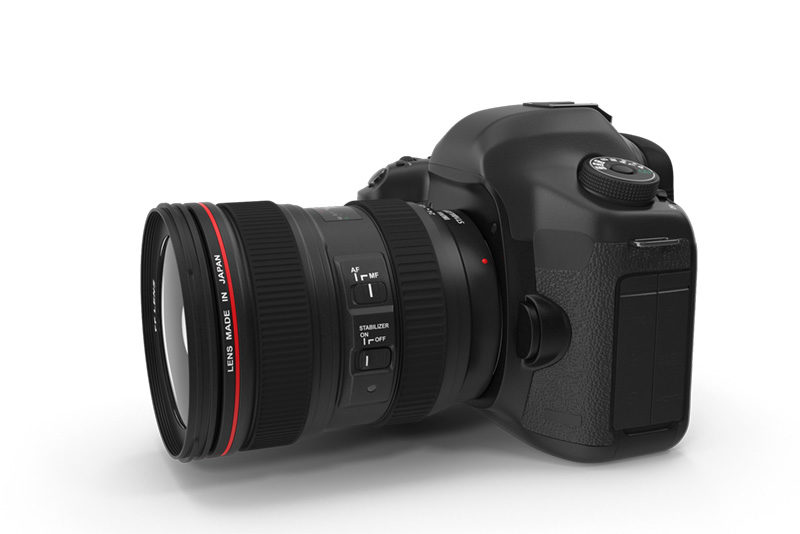
You don’t need any high-end camera for water reflection photography. Any camera with any lens can do the job. You can use a point and shoot camera, DSLR camera, mirrorless camera, or a medium format camera.
Nowadays most people will be either using a DSLR camera or a mirrorless camera. So, if you are the interchangeable lens camera, then use the appropriate lens which the type of photography demands.
For example, use a wide-angle lens if you are shooting landscapes. For subjects like birds or animals, a telephoto lens would be a good choice.
Tripod
I recommend using a tripod. It gives you the extra level of stability to get the sharp tack image when you are shooting a landscape.
You would be shooting handheld while photographing birds or animals. So, try to use the rule of thumbs for shutter speed selection to avoid camera shake if you are shooting handheld.
Filters
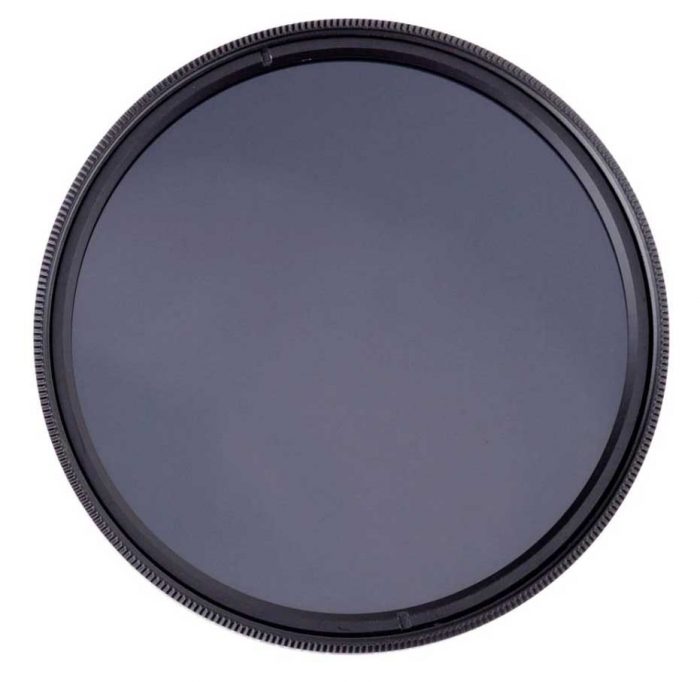
You don’t need any special filters to photograph water reflections.
But, you can still use ND filters if you want to cut extra stops of light, especially if you are shooting in the day time.
If your scene has a sky, then you can even make use of a Grad ND filter to get the sky exposed correctly in the image.
Camera Settings for Water Reflection Photography
The right camera settings make it easy to capture beautiful reflections in the water.
Camera Mode

I recommend using the Manual mode on your camera. It will give you full control over the camera. Almost, all the latest cameras come with Manual mode.
Exposure Settings
As you all know, Aperture, Shutter speed, and ISO together give exposure to the image. So, let us get into detail with each of these parameters.
Aperture Settings
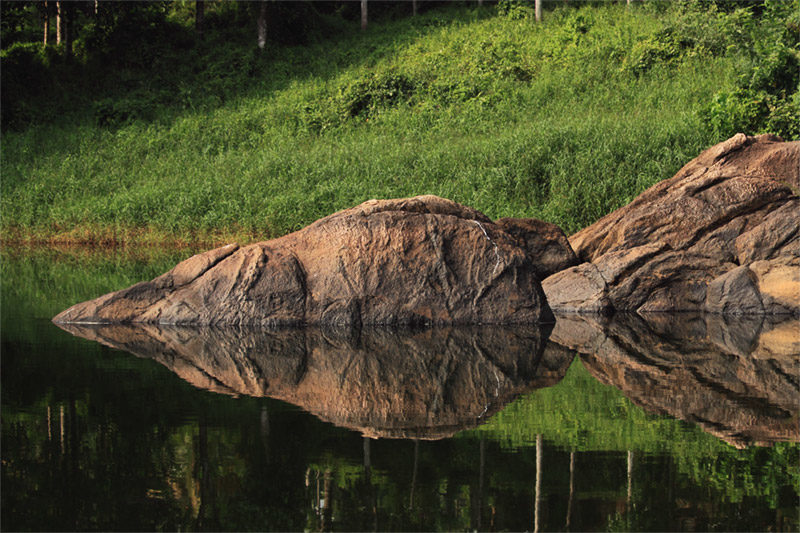
We will start with the Aperture settings. An Aperture of f/8 to f/13 will be the ideal choice for a landscape image to get a wider Depth of field.
You can make use of the Hyperfocal distance to maximize the Depth of field with an acceptable sharpness across the frame.
If you are photographing a bird or a wild animal with its reflection, then you can also go for smaller apertures like f/5.6.
Shutter Speed Selection
There are two factors that affect the Shutter speed selection. The first factor is whether the camera is on a tripod or handheld secondly if the water is stagnant or a moving one.
If the camera is on a tripod and the water is stagnant; you are capturing a landscape scene without any moving object or heavy winds. Here, you have the luxury of choosing any shutter speed.
But, if there are winds, then the other subjects like tree may get blurred if you go for a slow shutter. So, choose wisely.
But, if the water is a smooth-flowing one, then you need to choose the shutter speed to freeze the motion of water. If the shutter speed is slow, then you will get a blurred image of the reflection.
ISO Settings
Please make sure that you follow all the necessary steps to avoid camera shake to get a crisp image.
Try to use an ISO value between 50 and 400, if you are getting a sharp, shake-free image for the corresponding Aperture and Shutter speed combination.
If you are shooting handheld, you may have to bump up the ISO.
Sometimes, you will have to go for high ISO values of 1000 and above. It will introduce some noise in the image. You can remove this noise during post-processing.
Other Camera Settings
You can set the White Balance as Auto. Make sure to capture the image in the RAW format. It allows you to fix any white balance issues and minor exposure correction without losing any details in the photo editing stage.
NOTE: Don’t try to shoot water reflections in harsh lighting conditions during daytime and noon. It will result in harsh reflections from the water surface and will spoil the entire mood of the image.
Examples of Water Reflection Photography
I am sharing a few good examples of images with reflections in the water. It will give you a better visual understanding.
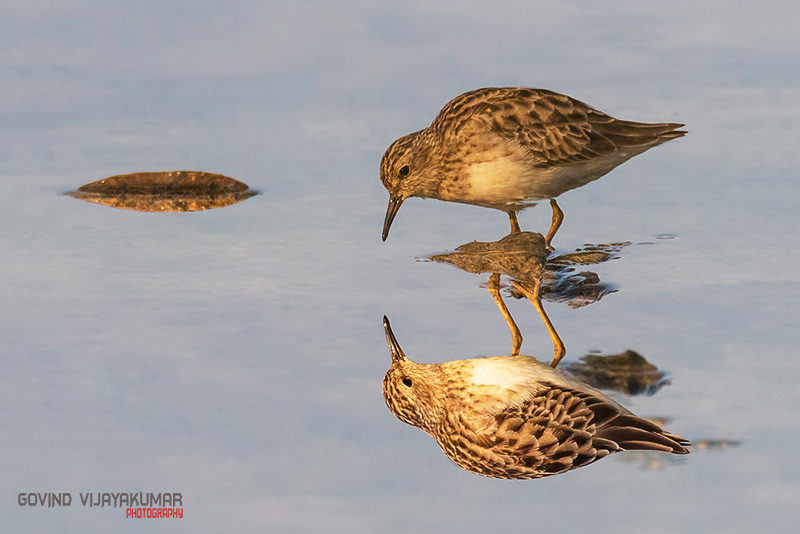
In the above image of the Long-toed Stint, I have inverted the final image. So, the actual bird is on the bottom of the frame and the bird reflection from water at the top.
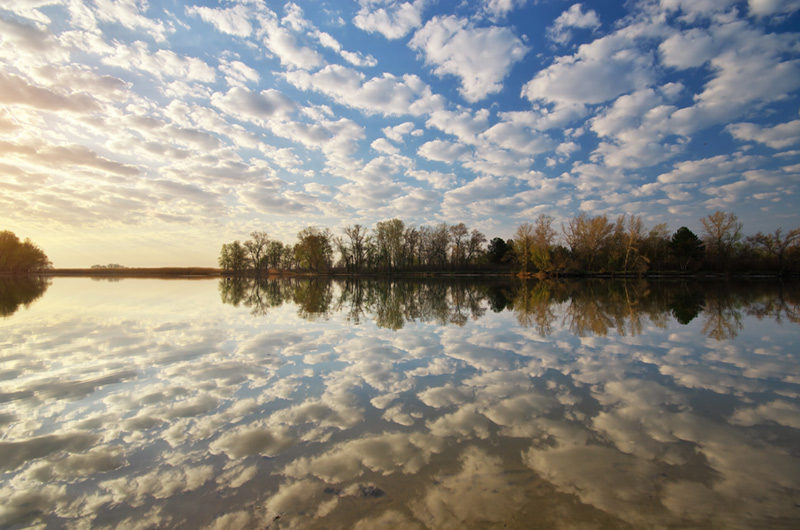
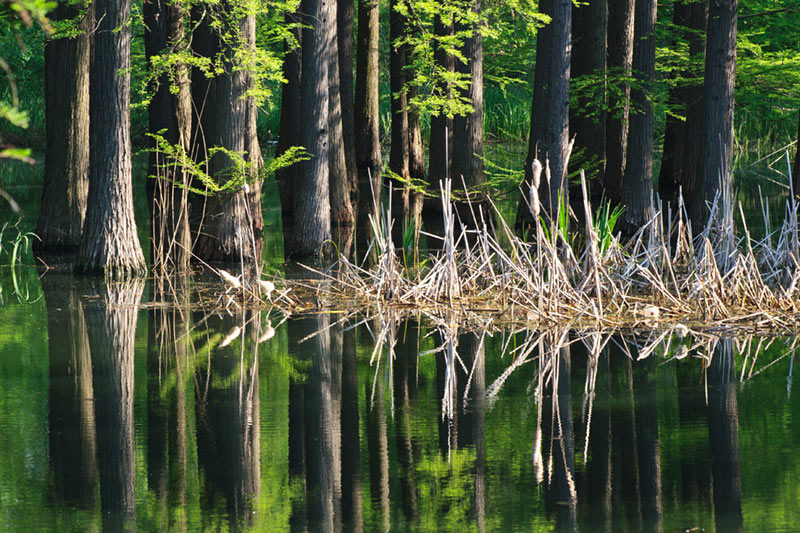
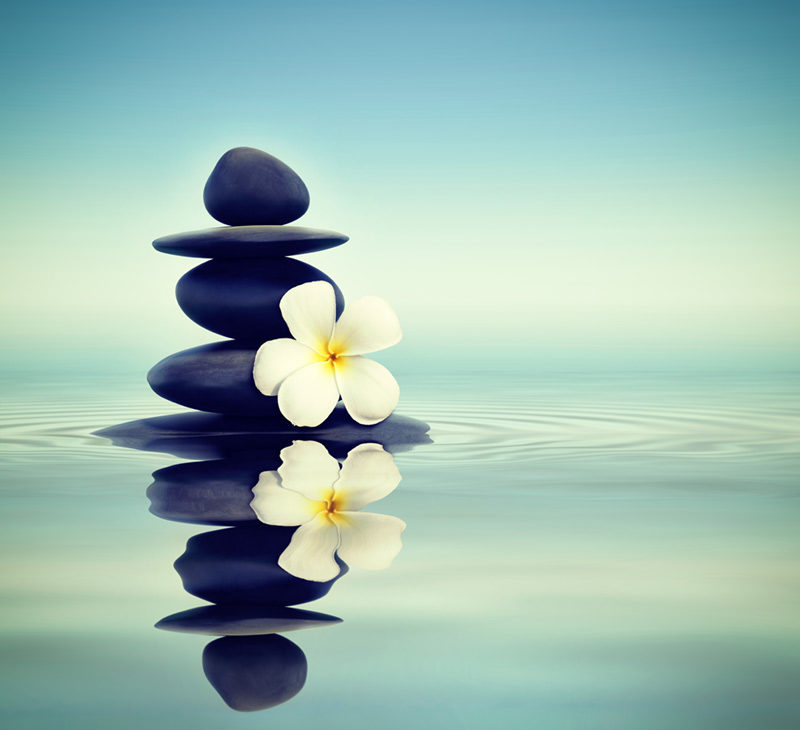
Conclusion
Now you know the right technique and camera settings for photographing reflections in water along with the subject.
You can also use the same technique to capture the reflection alone.
So, start using these water reflection photography tips and capture beautiful images.

